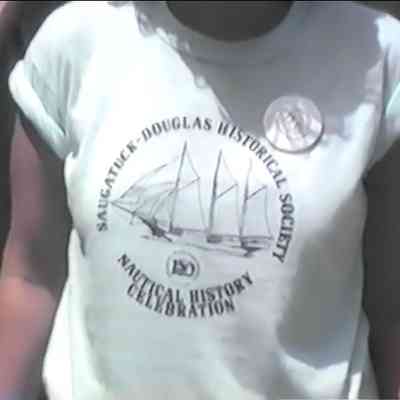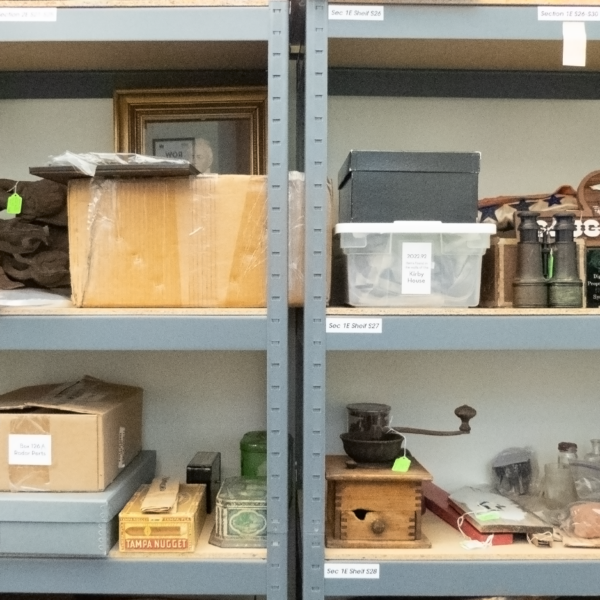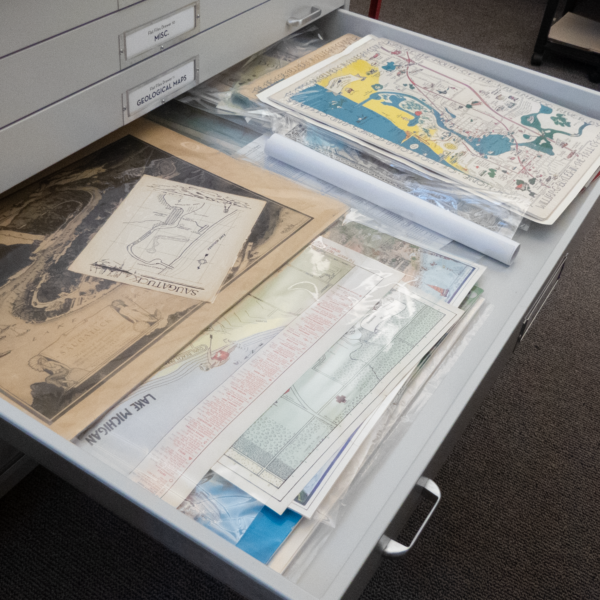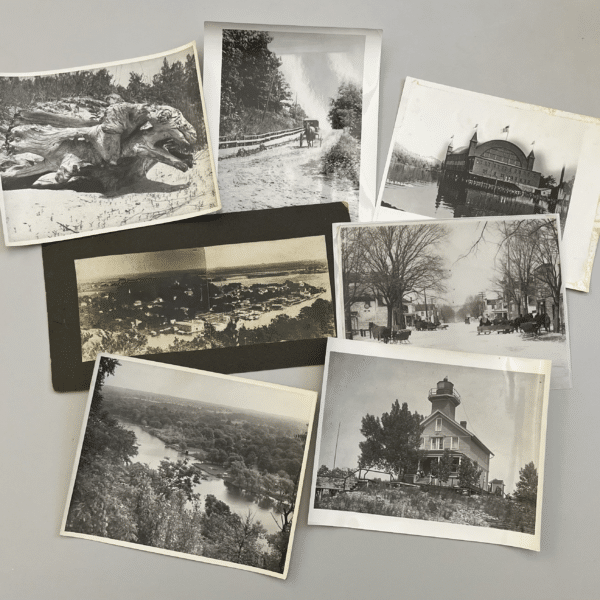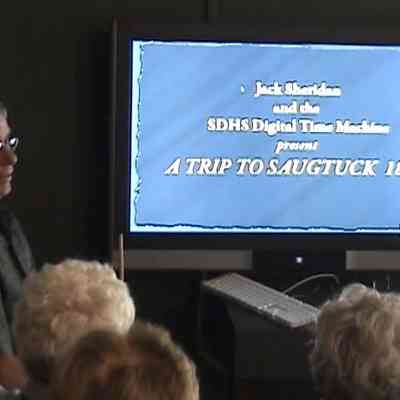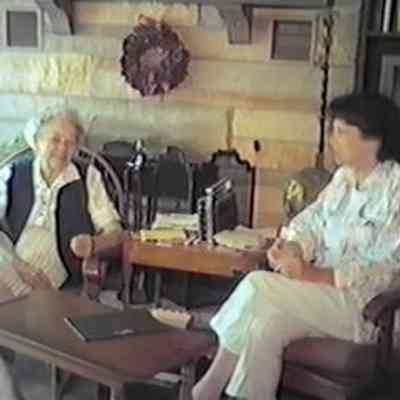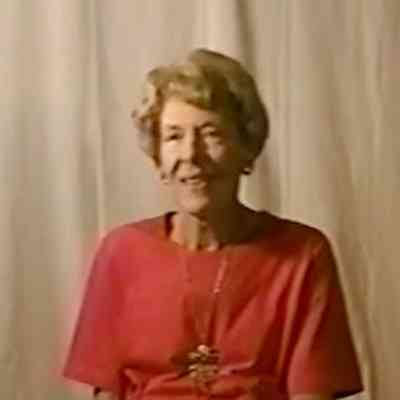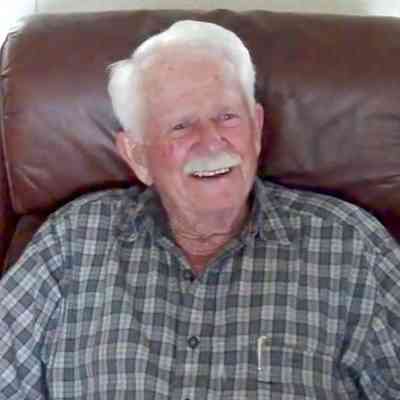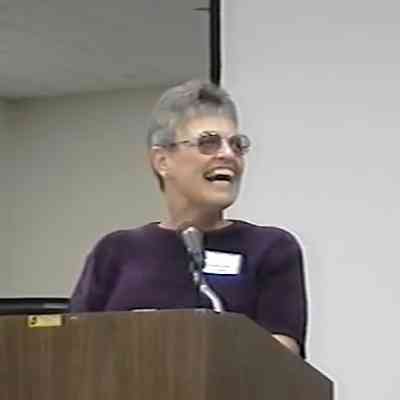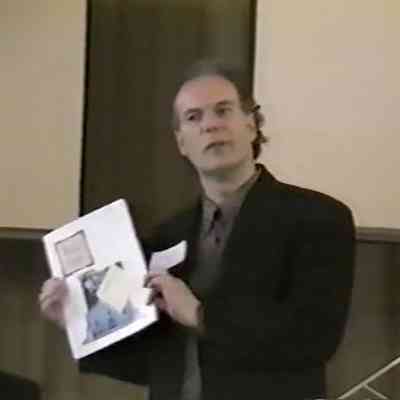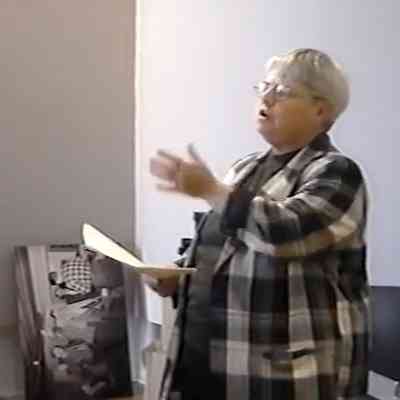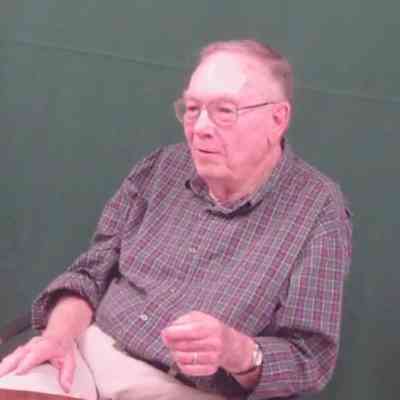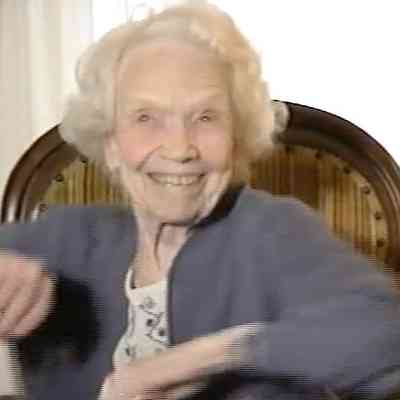Abigail DeYoung interview
Oral History
Interview with Abigail DeYoung conducted by her niece Peggy Boyce in 1992 when Abigail lived in a house at SE corner of Water and Lucy. The corner and house is shown in the introduction.
The interview begins with Peggy naming students listed in the 1918 SHS yearbook, when Abigail was a Sophomore. Abigail recounts two sets of twin in the school that year, Triangle Athletic meets (compositions between the Douglas, Fennville and Saugatuck High Schools), competing in basketball (forward) at the East Shore Skating Rink with Julia Funk as center, working as a telephone operator with her sister Irene, getting 10 cent sodas at the Parrish Drug Store, the fire at the D.L. Barber store, the wooden sidewalks being replaced by concrete, the sprinkling wagon that kept the dust down on the (as yet) unpaved Butler Street, hitching winter rides by standing on the blades of horse-drawn sleighs, Bob Moore having first car in town, collecting river ice in the winter to save for warmer weather, river pollution in the 1930s and 1940s, the terror of hearing the fire bell before the establishment of a city water system, the limited electric hours, earning $1 a day as telephone operator, the Interurban, seeing steamships coming up the river, taking the William Cary launch to get to beach, the three Oval Beach beach houses, the bathhouse at Douglas beach, canoeing or rowing on the river before any seawalls were installed, the loss of her hand-painted rowboat, sledding on the village streets when there were less cars around, an example of the rich social news in the July 1930 Commercial Record, the propriety at the Big Pavilion except when Jackson Park and Columbia yacht club racers were in town -- they were allowed to wear their sailing clothes.
